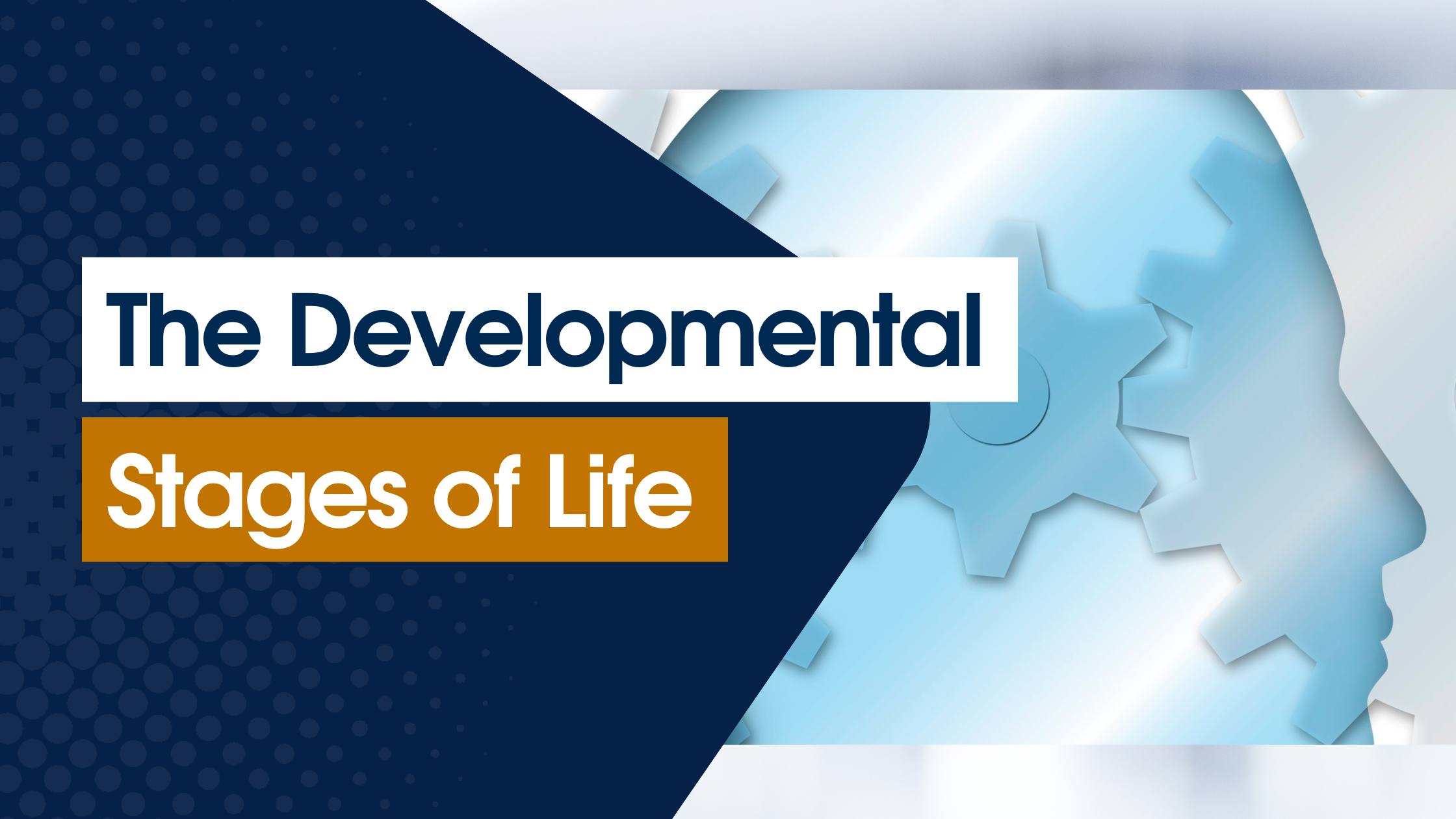Psychology is a broad field that encompasses both a person’s mental and behavioural elements. It can be applied to any profession, but none more so than nursing.
Age and developmental stages are examined to establish if the client is progressing at the predicted rate, to plan age and developmentally-appropriate care, and to change care based on our clients’ age-related features and needs. These evaluations cover the physical, cognitive, and psychological stages of development.
Nurses are frequently responsible for providing emotional support to patients, therefore understanding how psychology pertains to them is critical to their success. Every human being, it could be said, is a psychologist.
Nurses deliver better treatment when they connect with patients from varied backgrounds. A psychology degree can equip you as a healthcare practitioner with the tools you need to provide the best care to patients and accurately detect mental health disorders.
The Cognitive Development (Jean Piaget)
Each child progresses through the stages in the same order (though not all at the same rate), and biological maturation and interaction with the environment affect child development.
Each stage of development requires a new sort of intellect, thus the child’s reasoning is distinctive from the others.
Although descriptions of the phases frequently give an estimation of the age at which the average kid would reach each stage, Piaget did not imply that a particular stage was attained at a specific age.
The Sensorimotor Stage
Age: Infancy to 2 years
The first stage is the sensorimotor stage. The child concentrates on physical sensations and learning to coordinate their body during this stage.
The infant is in the present time at the start of this stage. It does not yet have a mental image of its surroundings stored in its memory; it lacks a sense of object permanence.
It does not exist if it cannot see things. This is why you can hide a toy from an infant while it is watching, but it will not look for it once it is out of sight.
The major goal at this level is object permanence, or understanding that an object exists even if it is hidden. It necessitates the ability to build a mental representation of the item (i.e., a schema).
The Preoperational Stage
Age: 2 – 7 years
The preoperational stage is Piaget’s second stage of intellectual development. It takes place between the ages of 2 and 7 years. Because the infant does not employ operations at this level, his or her thinking is driven by how things appear rather than logical reasoning.
A youngster cannot conserve, which indicates that the child does not grasp that quantity remains constant regardless of appearance.
Furthermore, the child is egocentric; he believes that everyone else sees the world the same way he does. The three mountains study demonstrated this.
Toddlers frequently pretend to be people they are not (for example, superheroes or police officers), and they may do so using props that represent real-life objects. Children may also make up a fictitious companion.
The Concrete Operational Stage
Age: 7 – 11 years
By the start of the concrete operational stage, the child can utilize operations (a set of logical rules) to conserve quantities, recognize that people see the world differently (decentring), and exhibit progress in inclusion tasks. Children continue to struggle with abstract thinking.
The stage is termed concrete because children can think more logically when manipulating real (concrete) items or drawings of them.
Because it marks the beginning of logical or operational reasoning, Piaget believed the concrete stage to be a crucial turning point in the child’s cognitive development. This implies that the child may work things out in their thoughts rather than physically trying them out in the real world.
Children as young as six years old can conserve numbers, mass, and weight. Conservation is the concept that something’s quantity remains constant even if its appearance changes.
However, operational thought is only useful in this situation if the youngster is asked to reason about items that are physically present. When asked to reason about abstract or hypothetical situations, children at this stage are more likely to make mistakes or become overwhelmed.
The Formal Operational Stage
Age: 12 Years
Around the age of 11, the formal operational time begins. As adolescents progress through this stage, they increase the ability to think abstractly, integrate and classify information in more sophisticated ways, and engage in higher-order thinking.
Adolescents can think methodically and reason about what might be as well as what is (this level is not reached by everyone). This enables people to comprehend politics, ethics, and science fiction while also engaging in scientific thinking.
Adolescents can deal with abstract ideas, such as division and fractions, without having to physically divide things up, and they can handle hypothetical (imaginary) problems.
The Psychosocial Development (Erik Erikson)
Erikson felt that we are conscious of what motivates us throughout our lives. We make conscious choices in life, and these decisions are geared toward addressing social and cultural requirements rather than just biological ones. Erikson defined eight stages, each having a significant psychological work to complete or a catastrophe to overcome. Erikson felt that our personalities continue to shape as we experience these problems throughout our lives.
Infancy: Trust vs. Mistrust
Infants are completely reliant on others to supply their basic physical and psychological requirements. A caregiver who meets these needs regularly instils trust or the belief that the world is a trustworthy place. Caregivers should not be concerned about excessively satisfying an infant’s demand for comfort, touch, or stimulation. Caregiver responsiveness conveys to infants that their needs will be met, which is critical in fostering the development of trust.
Erikson (1982) believed that basic mistrust could interfere with many aspects of psychosocial development and make it more difficult to build love and fellowship with others. Consider the implications for establishing trust if a caregiver is unavailable or is upset and ill-prepared to care for a child. Or if a child is born prematurely, is unwanted, or has physical problems that make him or her less attractive to a parent.
Toddlerhood: Autonomy vs. Shame and Doubt
As the child learns to walk and talk, a desire for independence or autonomy takes the place of a concern for trust. If infants have formed a solid attachment with their caretakers, they can use that stable foundation to explore the world and develop themselves as autonomous individuals with their own goals and interests. It is the toddler’s responsibility to exert his or her will and to push the boundaries of what can be touched, stated, and investigated. Erikson (1982) felt that children should be encouraged to explore their surroundings as freely as safety allows, developing a sense of independence that will later foster self-esteem, initiative, and confidence.
If a caregiver is extremely concerned about the toddler’s behavior for fear of injuring the child, or is overly critical and controlling about the mistakes the child makes, the youngster will receive the message that he or she should be embarrassed of who they are, instilling doubt in their abilities. Based on these beliefs, parenting advice would be to keep toddlers safe while validating their needs for exploration and independence and to encourage them to learn by doing.
Early Childhood: Initiative vs. Guilt
When children enter the preschool stage (ages 3-6 years), they can initiate activities and impose control over their environment through social interactions and play. Preschool toddlers can master this task by learning to plan and attain goals while engaging with others. Children may like to construct a fort out of the cushions of the living room couch, set up a lemonade stand in the driveway, or create a zoo out of their stuffed animals and sell tickets to people who wish to visit.
To encourage initiative, caregivers should praise the child’s efforts rather than criticizing messes or mistakes. Placing artwork on the refrigerator, buying mud pies for dinner, and admiring Lego towers will encourage the child’s sense of initiative. These children will gain self-esteem and a sense of purpose. Those who fail during this period, with their initiative misfiring or being repressed by overbearing parents, may develop emotions of inadequacy and guilt.
Middle Childhood: Industry vs. Inferiority
This is a tremendously dynamic period in which they are getting an understanding of how they compare to their peers. Erikson believed that if these hardworking children succeed in their activities, they will gain confidence for future trials. Instead, if a child feels inferior to their peers, emotions of inadequacy and self-doubt will grow. According to Erikson, these emotions of inadequacy can rise to an inferiority complex that lasts into adulthood. The combination of competence and modesty is ideal for instilling in the youngster a sense of competence.
Adolescence: Identity vs. Role Confusion
Erikson thought that the major psychosocial goal of adolescence was identity formation. Teens frequently grapple with the question “Who am I?” as formal operational thinking develops, bringing with it teenage self-consciousness and the ability to reflect on one’s own qualities and behaviours. This covers questions about their physical appearance, vocational choices and career goals, education, relationships, sexuality, political and social beliefs, personality, and interests. Erikson saw this period as one of ambiguity, perplexity, investigation, experimenting, and learning about one’s identity and life path.
Early Adulthood: Intimacy vs. Isolation
Erikson’s (1950, 1968) sixth stage of psychosocial development emphasizes the formation of personal relationships or the risk of social isolation. When one is still battling with identity, intimate interactions become more difficult. As there are phases of identity crisis and stability, achieving a sense of identity is a life-long process. Once a sense of identity is developed, the attention of young adults frequently shifts to intimate relationships. The term “intimacy” is frequently used to describe romantic or sexual relationships, but it also refers to the closeness, caring, and personal disclosure that can be found in many other types of relationships- and, of course, sexual relationships can exist without psychological intimacy or closeness.
Middlehood: Generativity vs. Stagnation
This stage encompasses the formation of new beings, new ideas or creations, and long-term contributions, as well as self-generation concerned with continued identity development. Erikson believed that the generativity stage, which lasted from the 40s to the 60s and was marked by the establishment of a family and a career, was the longest of all the stages. Individuals in their forties are primarily concerned with leaving a positive legacy of themselves, and the primary generative type is children. Erikson recognized that job and family connections may be at odds due to the commitments and responsibilities of each, but he saw it as a beneficial growth period overall.
Late Adulthood: Integrity vs. Despair
During middle adulthood, the worth of that life project is negotiated in the search for meaning and a purpose larger than oneself that will contribute to your legacy (i.e., generativity). So, in old age, this final task boils down to whether you have built a life and a self strong enough to withstand the disintegration of your physical body, the death of many of those you love, and, eventually and inevitably, the impending death of yourself with dignity and grace.
Conclusion
Having psychological understanding also allows nurses to persuade patients to follow their recommendations, resulting in patients taking an active role in their own health. According to studies, nurses with more psychological expertise can communicate and comprehend their patients’ mental health needs better, encouraging them to take responsibility for their own health. Psychological awareness can also contribute to increased compassion in the workplace, which benefits patient care.
References
Developmental Stages and Transitions n.d.
Piaget’s Theory of Cognitive Development n.d.




